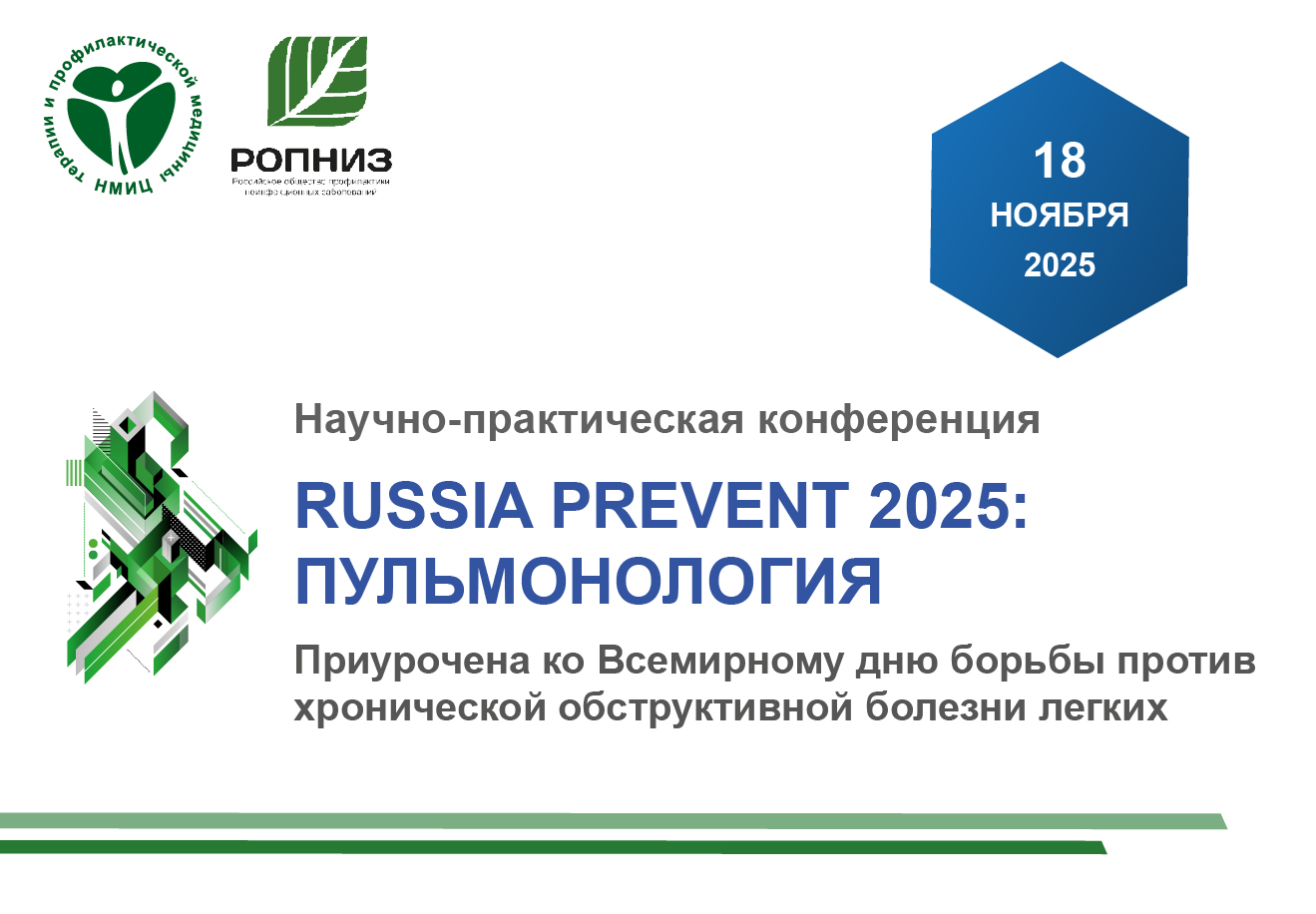Virtual patients with cardiovascular pathology: technology for postgraduate medical education
https://doi.org/10.15829/1728-8800-2019-6-51-56
Abstract
Aim. To develop an information basis for the formation and implementation of multimedia models for the diagnosis and treatment of depersonalized cases of cardiovascular diseases (virtual patients).
Material and methods. The materials of the study were completed case histories and multimedia results of investigation of fifty patients who underwent hospital treatment. After an expert assessment of the completed clinical case, it was posted on the server. To provide remote access to content, web development technologies were used.
Results. An information model of the medical process in text and multimedia formats has been formed. The virtual patient interface has been implemented in the form of marks appearing as new patient information is received, affecting the decision making. The structure of text and multimedia information on marks of various types is given. The implemented version of virtual patient technology provides web access to the demonstration of depersonalized medical process.
Conclusion. During the project progress, a repository of virtual patients is created as a multimedia model for the diagnosis and treatment of cardiovascular pathology provided by web access. The repository will be used to enhance the diagnostic and treatment competencies of doctors through the demonstration and detailed analysis of completed disease cases. Virtual patients can become methodological basis for postgraduate education of doctors in the continuing medical education system.
Keywords
About the Authors
S. I. KarasScientific Research Institute of Cardiology, Tomsk National Research Medical Center; Siberian State Medical University
Russian Federation
Tomsk.
M. B. Arzhanik
Scientific Research Institute of Cardiology, Tomsk National Research Medical Center; Siberian State Medical University
Russian Federation
Tomsk.
A. E. Baev
Scientific Research Institute of Cardiology, Tomsk National Research Medical Center
Russian Federation
Tomsk.
V. Kh. Vaizov
Scientific Research Institute of Cardiology, Tomsk National Research Medical Center
Russian Federation
Tomsk.
O. Ya. Vasiltseva
Scientific Research Institute of Cardiology, Tomsk National Research Medical Center
Russian Federation
Tomsk.
E. V. Grakova
Scientific Research Institute of Cardiology, Tomsk National Research Medical Center
Russian Federation
Tomsk.
V. M. Gulyaev
Scientific Research Institute of Cardiology, Tomsk National Research Medical Center
Russian Federation
Tomsk.
K. V. Zavadovsky
Scientific Research Institute of Cardiology, Tomsk National Research Medical Center
Russian Federation
Tomsk.
E. E. Kara-Sal
W. Yu. Ussov
Scientific Research Institute of Cardiology, Tomsk National Research Medical Center
Russian Federation
Tomsk.
References
1. Cendan J, Lok B. The use of virtual patients in medical school curricula. Adv Physiol Educ.2012;36(1):48-53. doi:10.1152/advan.00054.2011.
2. Cook DA, Erwin P, Triola MM. Computerized virtual patients in health professions education: a systematic review and meta-analysis. Academic Medicine.2010;85(10):1589-602. doi:10.1097/ACM.0b013e3181edfe13.
3. Ellaway R, Davies D. Design for learning: deconstructing virtual patient activities. Med Teach.2011;33:303-10. doi:10.3109/0142159X.2011.550969.
4. Poulton T, Conradi E, Kavia S, et al. The replacement of 'paper' cases by interactive online virtual patients in problem — based learning. Med Teach. 2009;31(8):752-58. doi:10.1080/01421590903141082.
5. Huwendiek S, Reichert F, Bosse HM, et al. Design principles for virtual patients: a focus group study among students. Med Educ. 2009;43(6):580-8. doi:10.1111/j.1365-2923.2009.03369.x.
6. Posel N, Shore BM, Fleiszer D. Virtual patient cases: a qualitative study of the requirements and perceptions of authors. Int J Med Educ. 2012;3:175-82.
7. Cook DA, Triola MM. Virtual patients: a critical literature review and proposed next steps. Med Educ. 2009;43(4):303-11. doi:10.1111/j.1365-2923.2008.03286.x.
8. Srinivasan M, Wilkes M, Stevenson F, et al. Comparing problem-based learning with case-based learning: Effects of a major curricular shift at two institutions. Academic Medicine. 2007;82(1):74-82. doi:10.1097/01.ACM.0000249963.93776.aa.
9. Consorti F, Mancuso R, Nocioni M, et al. Efficacy of virtual patients in medical education: A meta-analysis of randomized studies. Computers&Educati on.2012;59(3):1001-08. doi:10.1016/j.compedu.2012.04.017.
10. Ellaway RH, Poulton T, Jivram T. Decision PBL: a 4-year retrospective case study of the use of virtual patients in problem-based learning. Med Teach. 2015;37(10):926- 34. doi:10.3109/0142159X.2014.970627.
11. Berman NB, Durning SJ, Fischer MR, et al. The role for virtual patients in the future of medical education. Acad Med. 2016;91(9):1217-22. doi:10.1097/ACM.0000000000001146.
Review
For citations:
Karas S.I., Arzhanik M.B., Baev A.E., Vaizov V.Kh., Vasiltseva O.Ya., Grakova E.V., Gulyaev V.M., Zavadovsky K.V., Kara-Sal E.E., Ussov W.Yu. Virtual patients with cardiovascular pathology: technology for postgraduate medical education. Cardiovascular Therapy and Prevention. 2019;18(6):51-56. (In Russ.) https://doi.org/10.15829/1728-8800-2019-6-51-56

























































